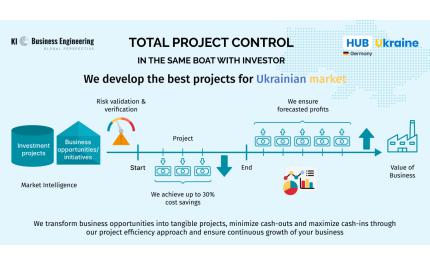International business expansion can be chaotic and stressful. But due to the highly competitive business environment in the present era, all the chaos and stress becomes no reason to hold off from taking your business to the international level. Rather, global expansion is becoming a significant growth strategy for organizations.
Why Should You Go Global/Abroad?
While deciding on moving into a foreign market you must keep in mind that it does have far-reaching consequences. So, before doing this, think deeply about why you actually want to expand globally at this point. And, before going any further, make sure that you have already penetrated your local market sufficiently.
Though developing business abroad can be an excellent opportunity, some reasons why businesses decide to expand include:
- To increase and diversify the customer base meanwhile increasing the footprint of the brand
- When a business has already saturated and cannot expand any further in its local market
- To enjoy more favorable conditions in the new target market
- To acquire talent and capitalize on the specific target market.
- Low competition in the target market
- To establish new sales cycles
International Business Development Strategy
Once you have decided to expand your business abroad, the next step is to establish a solid international strategy. Let’s see the essentials of international business development strategy.
Three types of philosophies apply in the establishment of international business strategy at the broadest level.
1. Multi-domestic
This approach is all about adapting to local market conditions. Organizations that adopt a multi-domestic strategy customize their offerings to fit with the customer’s preferences in the target market. Also, fine-tuning the marketing to make it chime with locals proves to be a beneficial strategy.
Multi-domestic strategies include listening to your customers’ wants and needs, and by doing so, you can increase sales in the target market rapidly, however, tailoring your product accordingly can be costly.
2. Global
Almost opposite to the multi-domestic strategy, the businesses working with a global strategy operate super-efficiently but do not really adapt to local conditions at all. And, this is often problematic.
Although producing the same product time and again means an organization can benefit from low cost per unit the product might not allure the consumers in every country. Every branch in different countries will be depending on the HQ of the company and will adopt almost the same approaches prescribed to every branch.
3. Transnational
Somewhere between the two extreme strategies i.e., multi-domestic and global, the transnational business strategy provides the best of both worlds. And what’s more interesting is that it is practically possible to enjoy this strategy.
Companies adopting a transnational business strategy aim to achieve production efficiency while being responsive to local differences. This often refers to producing a relatively similar product for global markets but tailoring its marketing and sales to regional circumstances.
Another important thing to note about transnational business strategy is the structure of the organization. An independent unit is specified for each country, however, all the units share expertise, knowledge, and resources.
The Most Effective Business Development Strategies Abroad
· Keep a Light and Agile Footprint
Holding off on hard costs and infrastructure investments until the foreign operation has significantly matured is a great way to justify your expenses. However, try to refrain from being too distant, because human capital is worth its weight in gold. Though strong yet local employees can evaluate daily market penetration plans, make adjustments, and identify untapped opportunities, hiring international contractors can be highly risky.
· Adopt a Clear Strategy
To go global, first of all, you need to adopt a clear product strategy. This means developing a ‘leading-edge’ product that has the potential to expand into new regions and countries. Furthermore, testing the product in the target country ensures success and brings forward adjustment points. Also, don’t forget to utilize associates in the overseas markets to monitor recent developments, identify opportunities, and maintain contacts with decision-makers.
· Gain Revenue, Reinvest, Repeat
Choose a low-competition market to introduce your product or service at a global level. This will help free up additional revenue to reinvest in a local product and continue to gain market share. Take a lean approach to keep the capital sources outside at bay and elevate your equity. This strategy works best when funding and lending are scarce.
· Partner Up
Before you start to get global, protect yourself by establishing a partnership with the best-in-class companies. Rely on partners and you will avoid serious pain points that can otherwise potentially destroy your business in a global approach.
· Be Pro-active, Not Reactive
Establishing a strategy to enter another country is a long-term plan. Try taking a proactive approach while doing so. Proper research and team alignment make sure this long-term strategic plan is definitely going to work.




